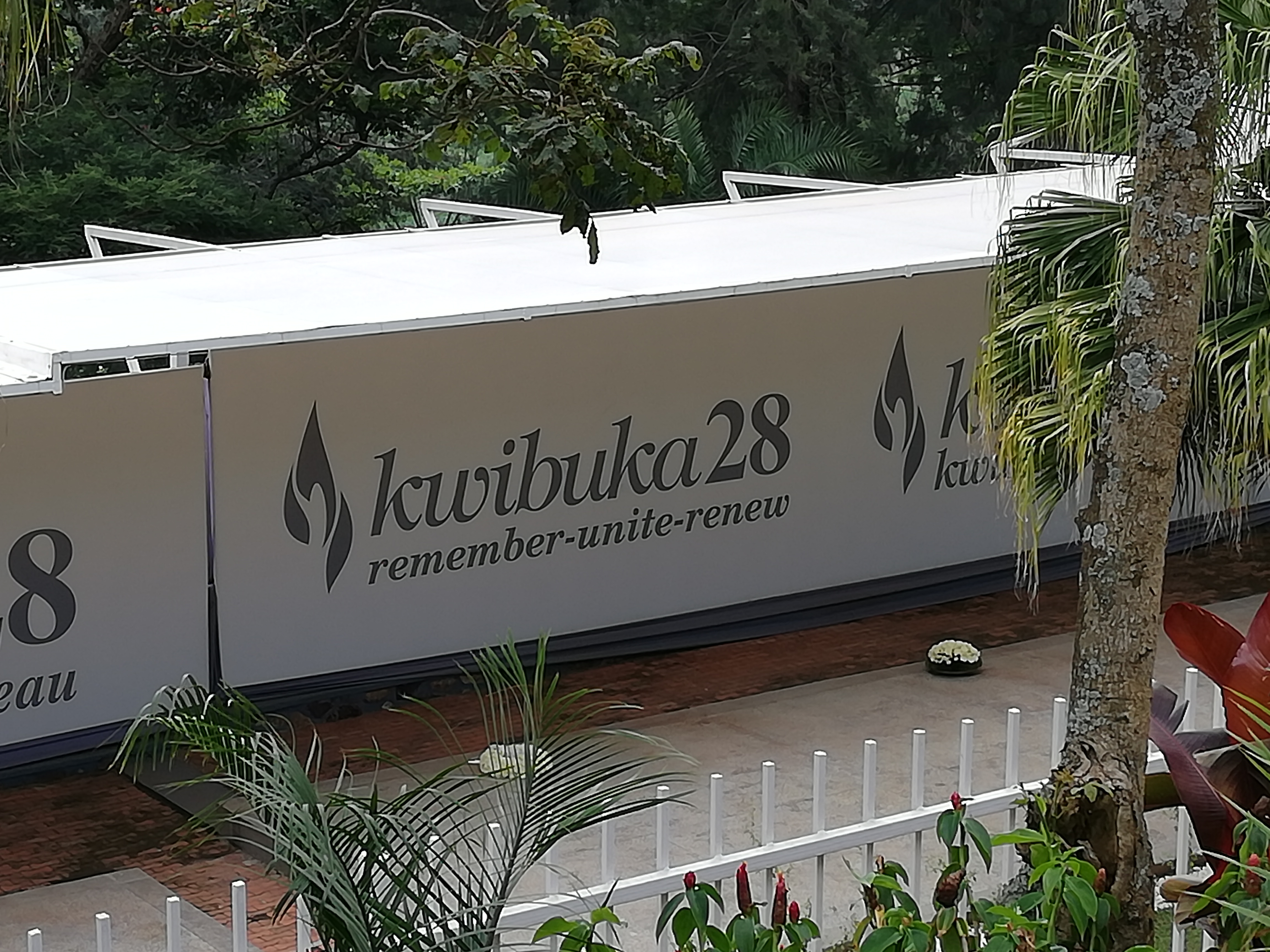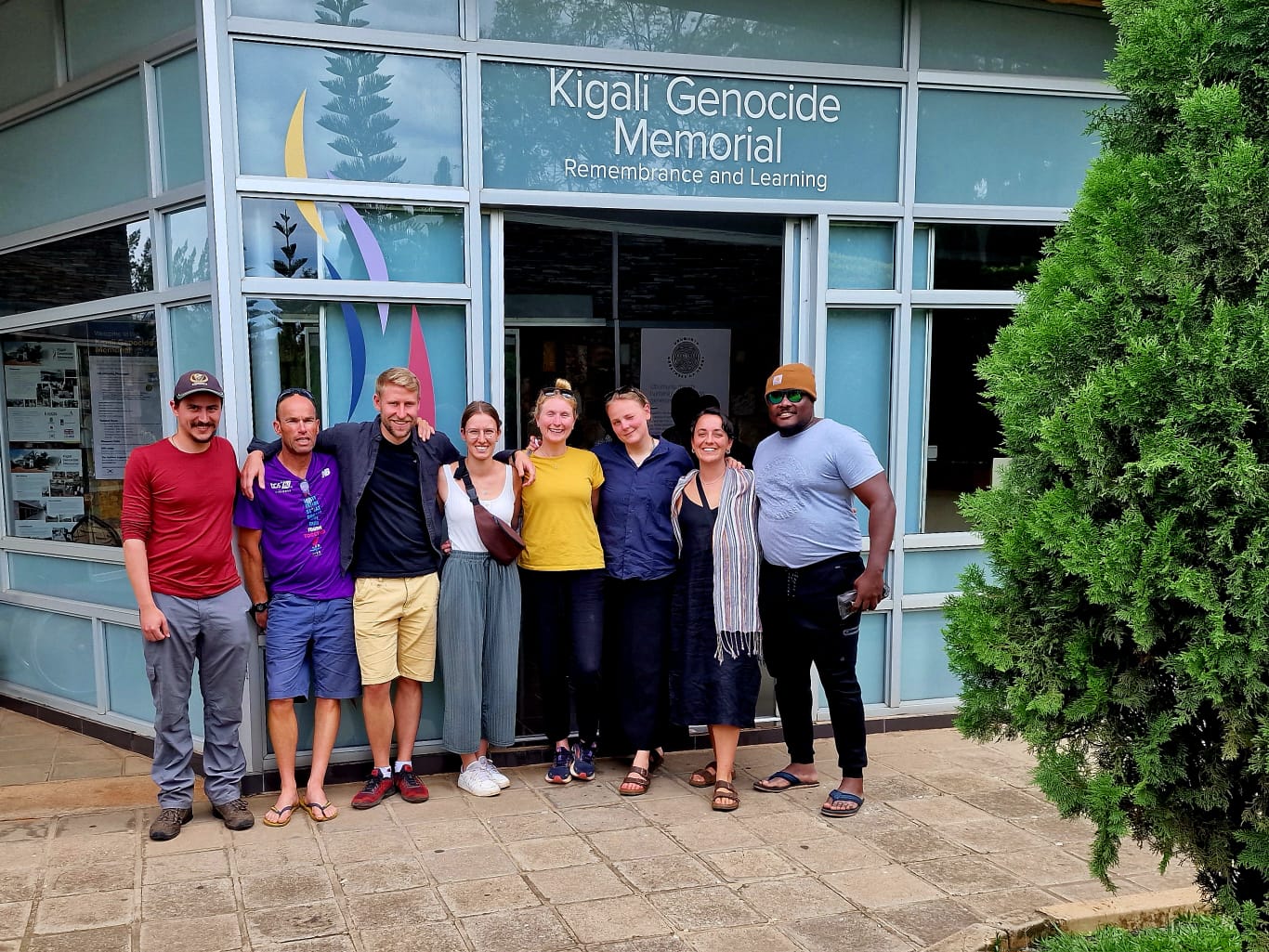- Details

Written by Sue Moorcroft
How can human beings be so utterly and diabolically awful to each other? It is a question that remains a mystery to me but one I asked myself repeatedly as I toured the Kigali Genocide Memorial. I am not going to go into facts and figures and I am not going to dwell on the causes; my aim is to talk about the Memorial itself and what it is like to walk through the hallways of horror.
I rented an earpiece for USD20 and set off for my tour. The tour starts with an introduction – there is a strategically placed box of tissues in the hall for the emotional start. I told myself that I would be stoic in the face of tragedy and wholesale destruction and I wouldn’t be needing the tissues; after all, I have studied the horrors of the World War II holocaust and could handle this. It was a naïve notion that was soon put to the test and failed.

I think I had only reached halfway through the first section when the reality began to overwhelm me. Between the vivid pictures on the walls and the explanations from my earpiece, I was filled with the horror of what took place in a small slice of beautiful Africa. I must say that I was tempted to walk out at that point; however, I reminded myself that the people living through this hell did not have that luxury, so why should I?
About half way though the exhibition I did have to go outside for some fresh air and to gather myself. I was struggling with both cognitive understanding and emotional overwhelm when a well-dressed, kind and compassionate young man (who works at the Memorial) asked me if I was alright. My answer was that I was bracing myself to go back inside and continue the tour. He informed me that he was a Genocide survivor, that he was a child during that dreadful time in 1994. I was so humbled and more than a little embarrassed that a survivor was asking me, a tourist, if I was OK that I blurted the first thing that came to mind – “how do you move past this, how do you ever forgive what happened to your family and community?”. His response was simple; with a smile he said “how do I not?”
It was a thought-provoking answer that stopped my tears and caused me to repeat his answer quietly to myself. He said that in order for Rwanda to move forward and develop into the progressive, peaceful and clean country that it is today, it was important for all Rwandans to work together to rebuild their nation. He spoke of Ubumuntu; as a fellow African, this is a word that resonates with me. In southern Africa, we call it Ubuntu; in layman’s terms it means “I am, because you are”. It sums up what the spirit of Africa should always be and is essentially saying that what we do to others, we are also doing to ourselves.
I continued my trip through the memorial and it was not a walk in the park, as it were. There are pictures of the children who never had the chance to grow up, and some of those who did. The gentleman who spoke so kindly to me was one of those who survived. Other survivors visit the Memorial regularly to spend time with their long departed families as this is the only place where their families can be found. Some survivors cannot bring themselves to enter the Memorial, it is too traumatic for them. To forgive is one thing but to forget it is quite another.
There is also a section of past genocide events in history; the World War II holocaust, Serbia, Cambodia and others. It is a reminder to us all about what can happen in war and what human beings can be capable of in certain conditions, often with a huge but unhealthy dose of leadership influence.
The tour ends with a walk through beautiful rose gardens and water features; there are chairs to sit quietly and reflect on what has been experienced. The huge slabs of concrete remind the visitor that the memorial holds the remains of some 250,000 victims of the genocide.
I was told that the tour is said to take one hour, but that it could take two hours to complete. It took me two hours and it is two hours that I am deeply grateful I had the opportunity to spend at the Memorial. If you ever get the chance to do this tour, then please take the time to do it.

Trips that visit the Kigali Genocide Memorial
All our trips that travel through Rwanda will make a visit here. Some examples are given below:
